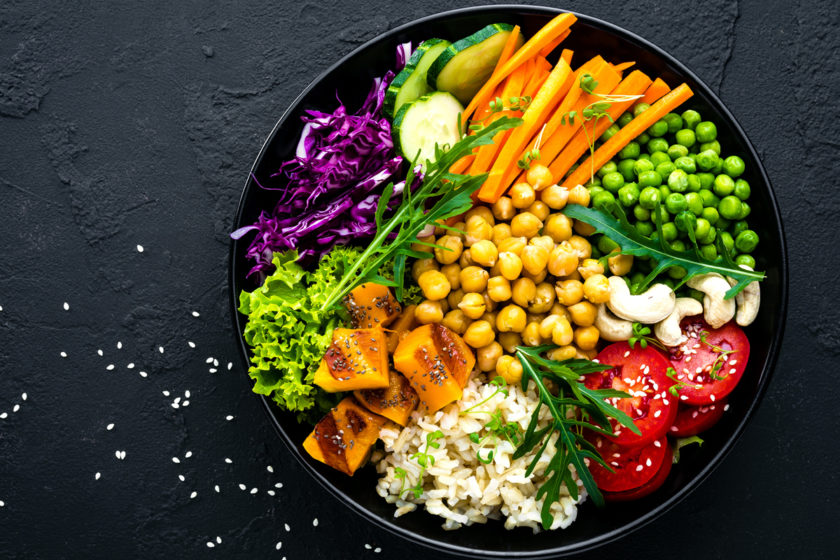January 4, 2020 By Soorya
Treating the right tastes
You can be a herbivore, omnivore or a vegan, still the appealing aroma of the delicacies like crispy fried vadas, dumblings or the dum biriyani can make your mouth go watery and create tides of hunger crashing against the walls of your belly. There lies the existential question that we might have all come across at one point or the other whether “to eat to live” or “to live to eat”. In India, as long as you decide to explore, it is the latter that will always thrive as your motto for life. I feel that when one takes a bite of a food, he or she is inevitably presented with the experience of getting a glance at the history and heritage that gets tagged along with it. For instance, none can enjoy a mughlai meal fully without knowing at least a bit about the mughai food habits and them imparting these during their glorious reign in India.
When roti and wheat remains the staple food of the north, rice takes the prime spot on the dining tables in the south. So many of the invaders have left their marks in the food habits of this nation too and in fact this has resulted in so many of the collaborated unique tastes of the eastern, western and the middle east’s food choices. The steamed and fried varieties of dumblings {momos} and thukpa {a soupy noodles} of the north-east, chat and bajis {street food} of the north, sweets of Bengal, biriyani of Hyderabad and thali of the south {a vegetarian platter with an array of curries and side dishes to eat along with rics} ... all offering chances to visit the numerous sensations of our taste buds catering to all possible cravings.
India is a landmass with people of mutually exclusive cultures, creed, traditions and practices. The importance that the Indians attach to food is something that springs out of the inherent nature. “Adithi devo bhava” has relentlessly remained the attitude of Indians without a bias to those who came to help and to those who came to make it a hell. The Indian subcontinent can arguably be crowned as the fourth largest in terms of language diversity, thus denoting similar exquisiteness in terms of cultures and food patterns too.
India has always remained as an alluring land of mystery to all of those that seeked for adventure. While some did succeed in getting to taste it, many withered on the way to it. Many endearments were hence entrusted on to this welcoming diverse landmass: mainly “the land of spices” is one of the many such popular ones.
The food habits of these rich traditions are also very intricately woven with the art, history and lifestyles of the people. Starting from the northern tip, we have food varieties that are geographically categorized as the North Indian and South Indian. Apart from this bi division, Kashmiri, Bengali, Gujarati, Mughlai, Punjabi, Rajasthani and south Indian would all feature as cuisine varieties under the broader banners. Being a foodie is the best thing you can be in India as one shall never ever get tired of exploring these in exhaustible food variations.

Soorya Prakash
Adman. Creative Designer. Web Designer. Digital & Marketer. Social Media Strategist. Photographer. Traveller. Nature Lover.


COMMENTS